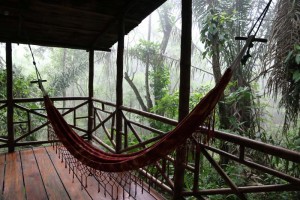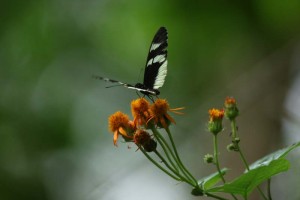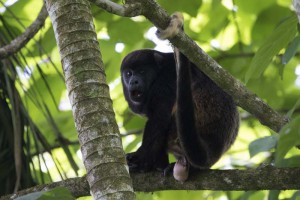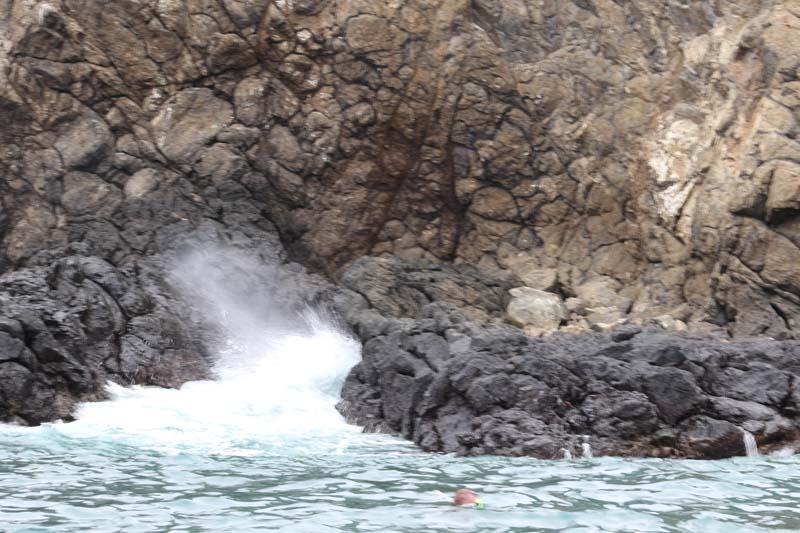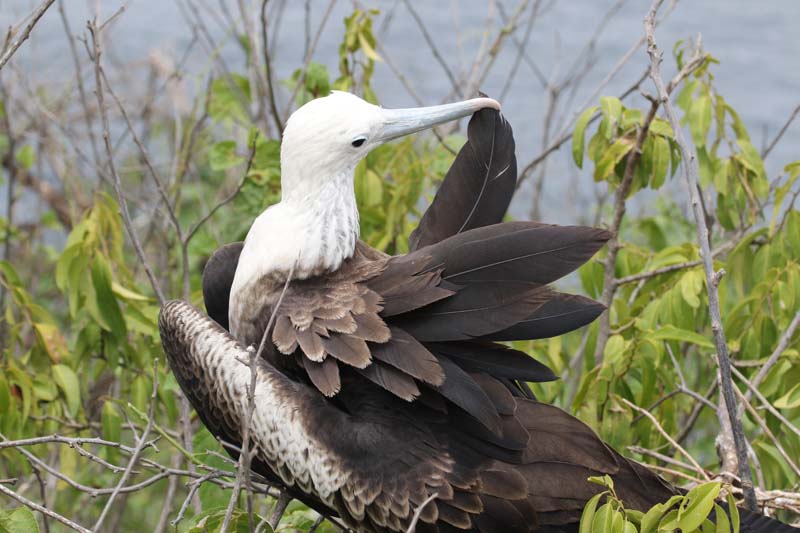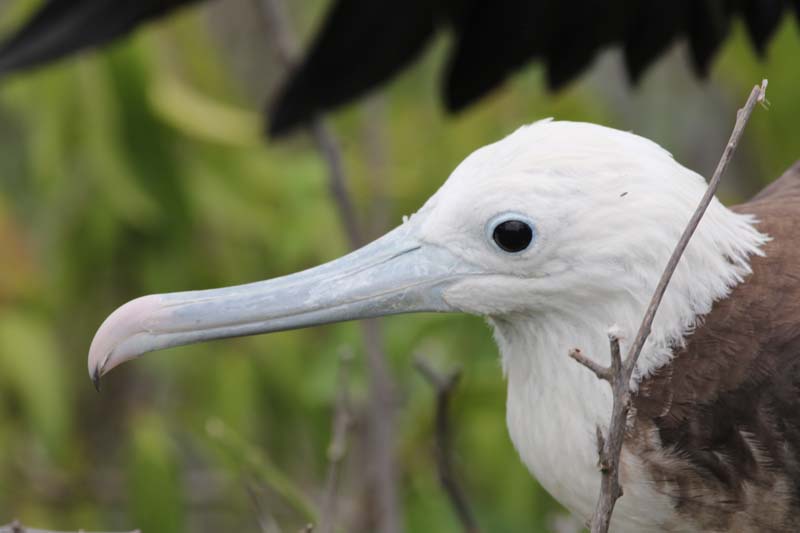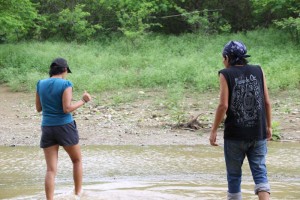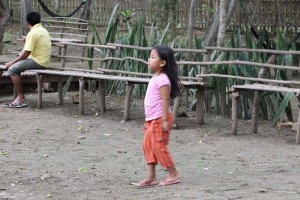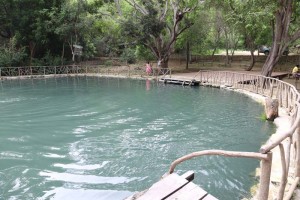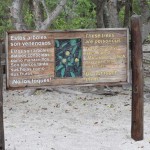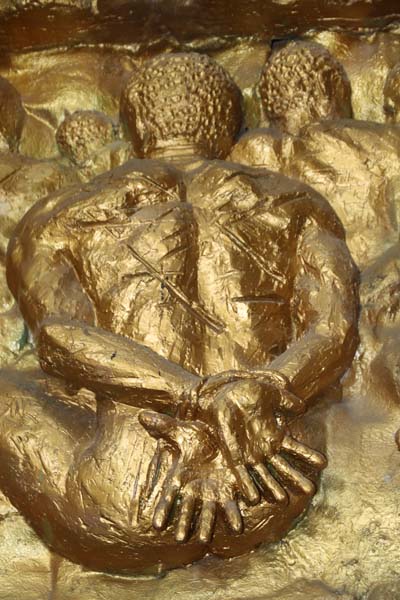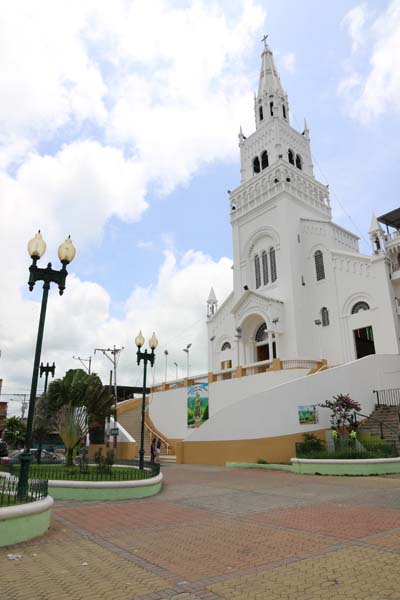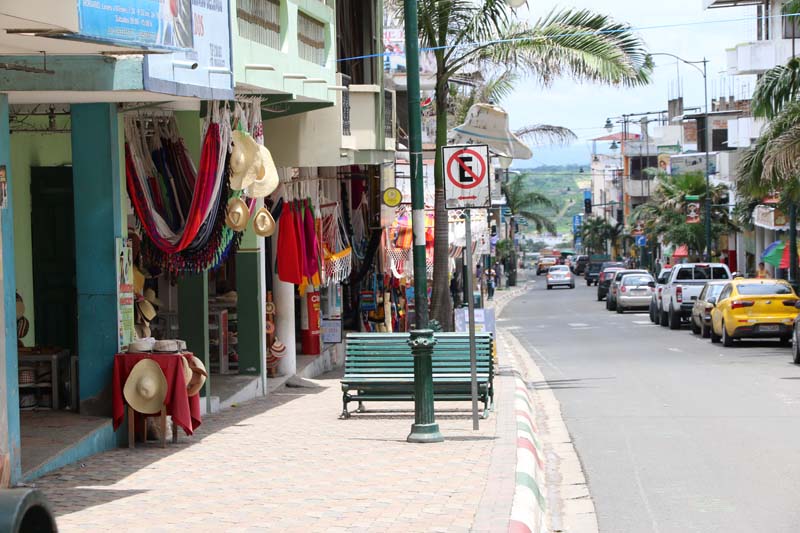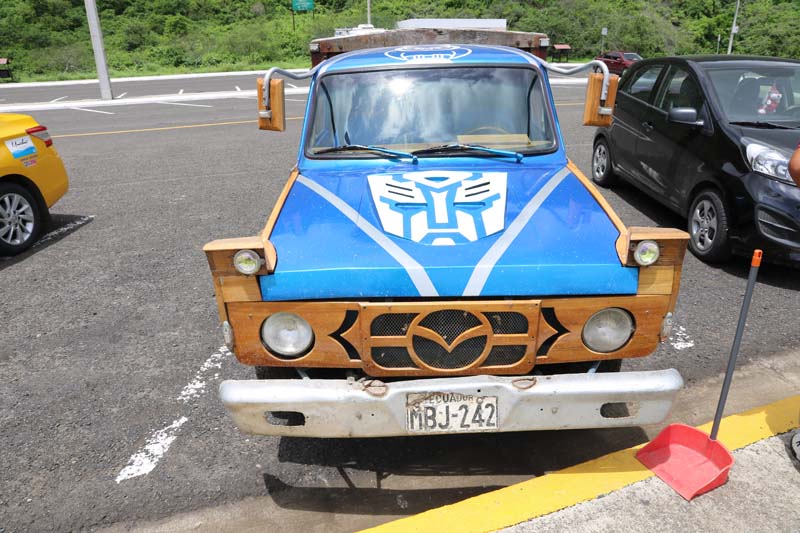You know how when you have had a few experiences in a place and they turned out to be slightly less than expected and you have a new experience to look forward to you most often will lower your expectations before you arrive at the next one.
This was the case before we left for Pacoche. Of course we had read all about it, seen the pictures and read the reviews but still we braced for an underestimation. It all turned out to be the total opposite.
From the moment we stepped off the bus and saw Ana standing by the side of the road, in the rain, waiting to greet us we knew the stay would be perfect. And it was. We walked up the path towards the lodge chatting away and Johnny, the valet, pointed out several howler monkeys sitting in trees along the path. We signed in, checked into our cabin and returned to the path where we had seen the monkeys. They had moved further into the forest. We could still hear them but there was no way to get to where they were.
The rain started to come down heavier but we were in a rain forest and it was sort of expected. We didn’t let a little rain stop us from exploring the jungle. In fact the rain felt kind of nice, the air was hot and humid and the drizzle had a bit of a cooling effect. The jungle was massive and surrounded us on all sides. The songs of the birds was magical. Most of the birds we could not see but the sounds were exactly what you would expect them to be. The path took us on a long loop up over a hill and down into a valley and back again. By the time we got back to the cabin our shoes had a solid 2 inches of mud on the soles. A change and a shower brought us to lunch.
Ana promised us that the food would be endemic to the area and it was. Like most coastal region dishes it would have a mound of rice, plantain, seafood of some sort and a small salad. This was basically what it was but the flavor was a notch up from any we had tasted so far. The rice was a smaller portion (which is a good thing), the fish was fresh tuna with a garlic sauce and grilled shrimp on top. The salad had a hint of cilantro and basil that we found out was grown in a little patch behind the kitchen. I think it was the first time we had seen fresh herbs being used. This was followed by a passion fruit mousse. And this was lunch!
In the afternoon Marianne was starting to really feel the effects of a head cold she had started the day before so I insisted she hang out in the hammock on our deck overlooking the jungle. I took my second hike into the jungle to explore a bit more. I took a couple of side ventures off the path to explore a palm plantation. The type of palm they use to make the Panama Hats. Later when I told Ana where I had been her only comment was that when you stray from the path you are more likely to encounter snakes. Great.
As we waited for supper we played scrabble on the porch of the lodge. Butterflies (mariposas) of every imaginable color combination flitted around from flower to flower. Birds sang and howler monkeys howled in the distance. We were the only guests at the lodge tonight so it seemed so special to see our table set at the window. We had the jungle, the wildlife, the lodge and the staff all to ourselves. Johnny brought our dinner so we moved inside. Once again rice, plantain and salad but with a beautifully spiced shrimp in a buttery sauce. Desert was a fresh baked round cake with homemade passion fruit ice cream.
It was such a treat to the soul to fall asleep to the sounds of the jungle also going to sleep and to wake with the same jungle sounds as they woke. At dawn I took a shorter hike to a spot where there was a bench next to a palm workers lean to and sat and listened. It was magical. I know I haven’t been that much at peace with myself in a long time. On the way back for breakfast saw some birds I could add to my lifers list if only I had one.
We had enough time for our fourth and final hike before we had to pack up and wait for our ride home. Marianne joined me this time and because she still wasn’t feeling all that well I promised to go slow and rest often. That we did. We got as far as the same bench, sat for a while and Marianne decided she wanted to attempt hiking through to the valley. As we started up the trail there is a crest to go over before you start downhill towards the valley. As we breached the crest there in the tree directly in front of us was a male howler monkey looking straight at us. We froze for a moment then started taking pictures. It turned out there were 7 in the family. The one male, four females and two juveniles. They posed and posed some more before deciding they were bored with the humans and moved on into the jungle. I could not have been more thrilled. I had travelled some 4000 miles with the hopes of seeing howler monkeys in the wild and was successful. Major item to cross off bucket list.
Back to the lodge for lunch. Ana had promised us a treat of Tonga, a local dish of rice, chicken and peanut steamed in a plantain leaf. It was a treat.
This was the first place during our stay that we felt reluctant to leave. It was a little paradise that was all ours for 2 days.
Check it out !
http://www.pacochelodge.org/index.php




